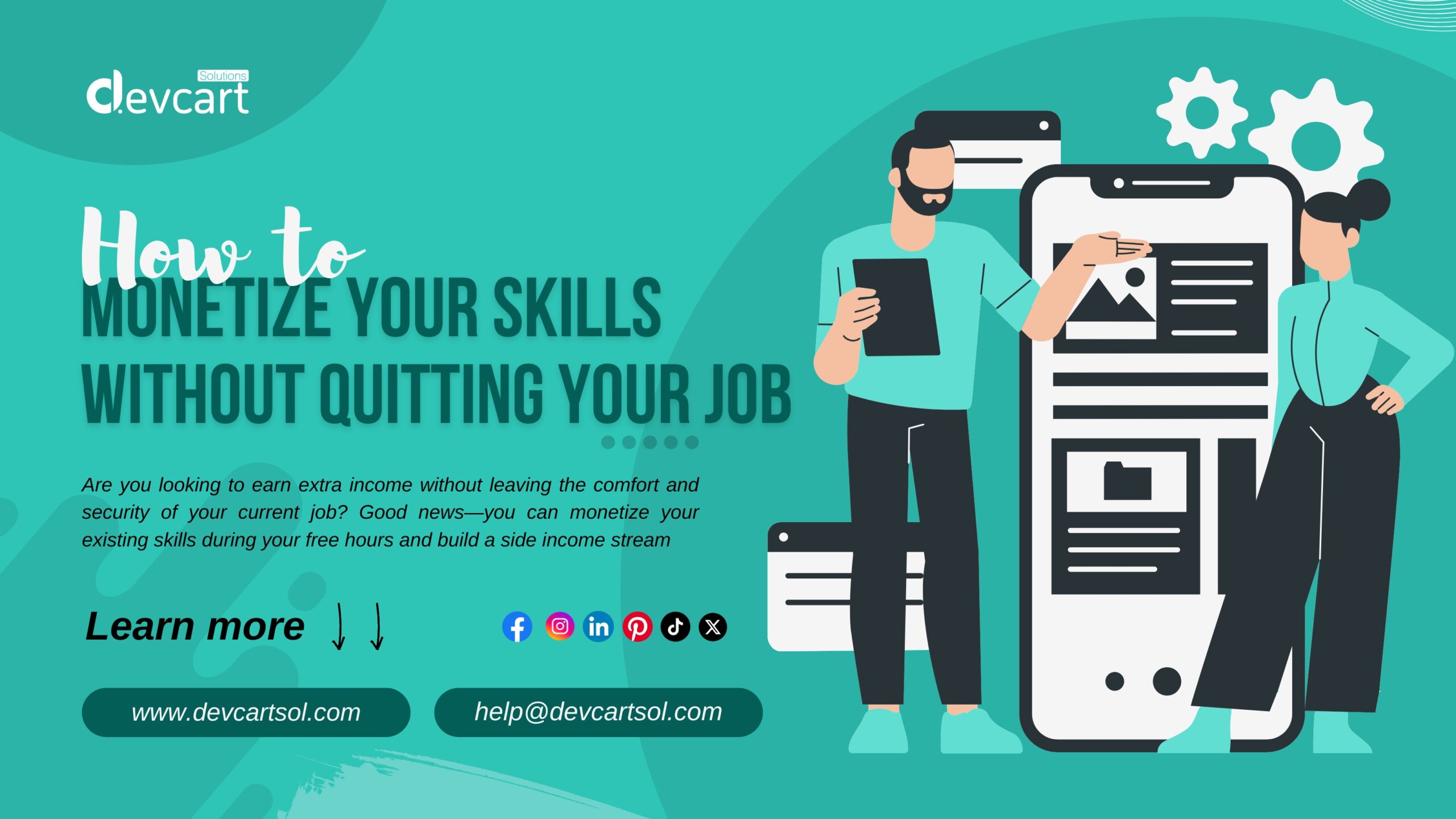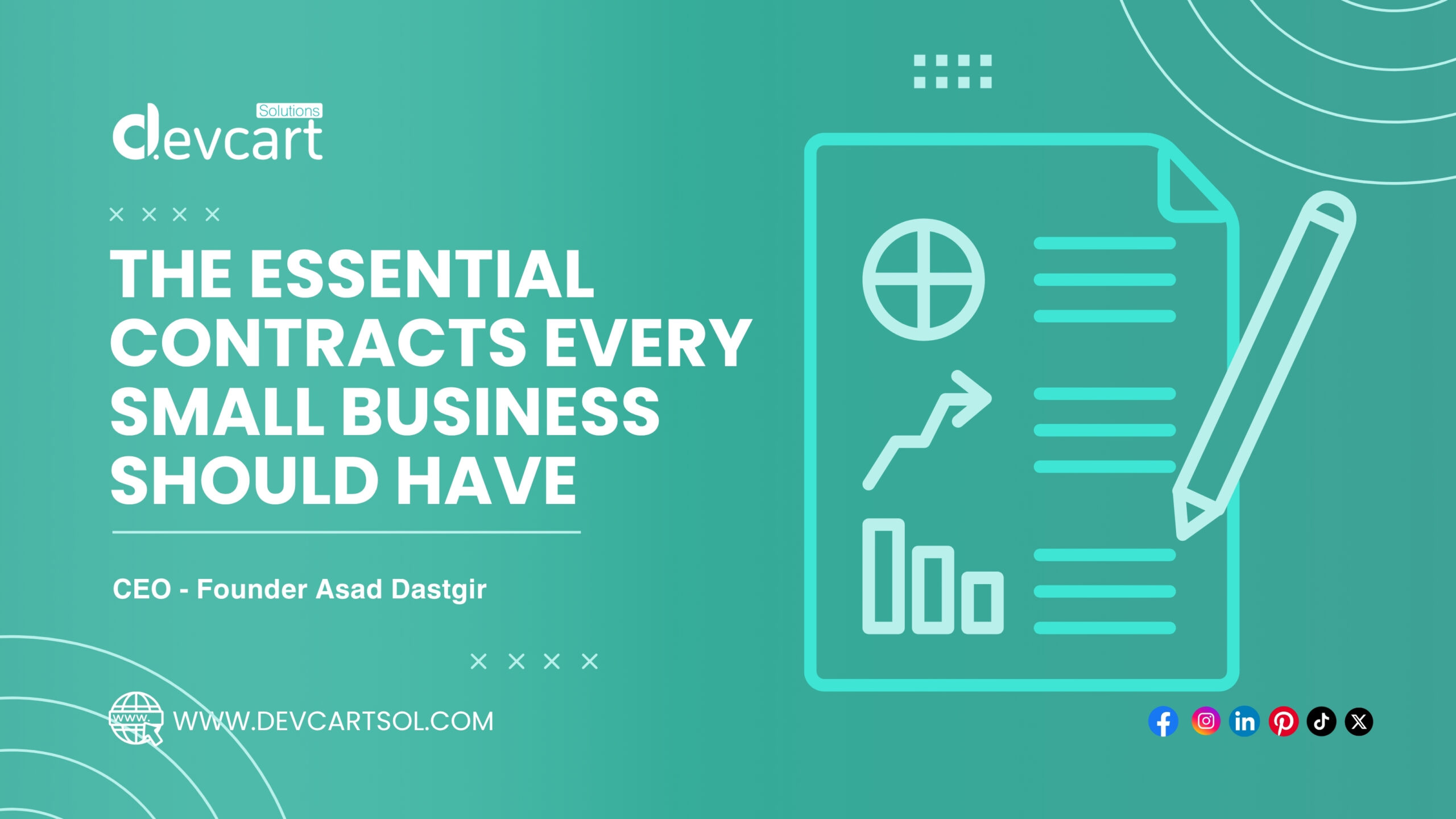In today’s fast-paced digital world, more people than ever are launching side hustles—small ventures started alongside a day job—to explore their passions and earn extra income. But what if your side hustle could be more than just a side gig? What if it could become your main source of income and the key to your financial freedom?
Turning your side hustle into a full-time business isn’t just a dream—it’s an achievable goal. Here’s a step-by-step guide to help you make that leap with confidence and clarity.
1. Validate Your Idea With Real Results
Before you quit your 9-to-5, you need proof that your side hustle can stand on its own. Ask yourself:
- Are people consistently paying for your product or service?
- Do you get repeat customers or referrals?
- Is there a growing demand in your niche?
Start tracking your growth in income, followers, and engagement. If your hustle shows consistent momentum for 6–12 months, it may be time to consider scaling.
2. Treat It Like a Business (Not a Hobby)
To make the transition smoother, shift your mindset from “side hustle” to “business owner.” This includes:
- Setting goals and KPIs (Key Performance Indicators)
- Creating a basic business plan
- Keeping records of income and expenses
- Separating personal and business finances
The more structure and intention you bring, the easier it is to scale and make informed decisions.

3. Build a Financial Safety Net
One of the biggest fears of going full-time is financial instability. To ease that fear:
- Save at least 3–6 months’ worth of living expenses
- Have a clear understanding of your monthly business revenue and expenses
- Consider part-time freelancing as a bridge
Your safety net buys you time to grow your business without panicking over each slow week.
4. Strengthen Your Personal Brand
Your reputation is your currency. Whether you’re selling a service, a product, or your expertise, people need to trust you.
- Build a strong online presence (website, social media, portfolio)
- Collect testimonials and reviews
- Share your journey openly—people connect with authenticity
A compelling personal brand can set you apart and attract more loyal customers.
5. Create Scalable Systems
Side hustles often rely on hustle—late nights, solo efforts, and manual tasks. But full-time businesses require systems.
Start documenting and automating tasks like:
- Invoicing
- Social media scheduling
- Customer onboarding
- Inventory management
You can also explore outsourcing or hiring freelancers to free up time and focus on growth.

6. Make a Strategic Exit Plan
Quitting your job impulsively might feel exciting, but planning your exit makes success more likely. Decide on:
- A clear income target (e.g., side hustle must match 70–100% of your salary for 3+ months)
- A quit date based on finances and business performance
- The best time to resign professionally and avoid burning bridges
Having a plan helps you leave with confidence—not desperation.
7. Stay Focused and Keep Learning
Going full-time means you’re now wearing all the hats: CEO, marketer, accountant, customer service rep. Stay organized and prioritize tasks that drive income and visibility.
Also, invest in learning—books, online courses, mentors, and mastermind groups can all help you level up faster.
Final Thoughts
Turning your side hustle into a full-time business is one of the most rewarding journeys you can take. It requires courage, discipline, and strategy—but it’s absolutely possible. Start where you are, use what you have, and build the life you dream about—one step at a time.
Are you working on your side hustle right now? What’s your biggest challenge in making it full-time? Share in the comments!
















